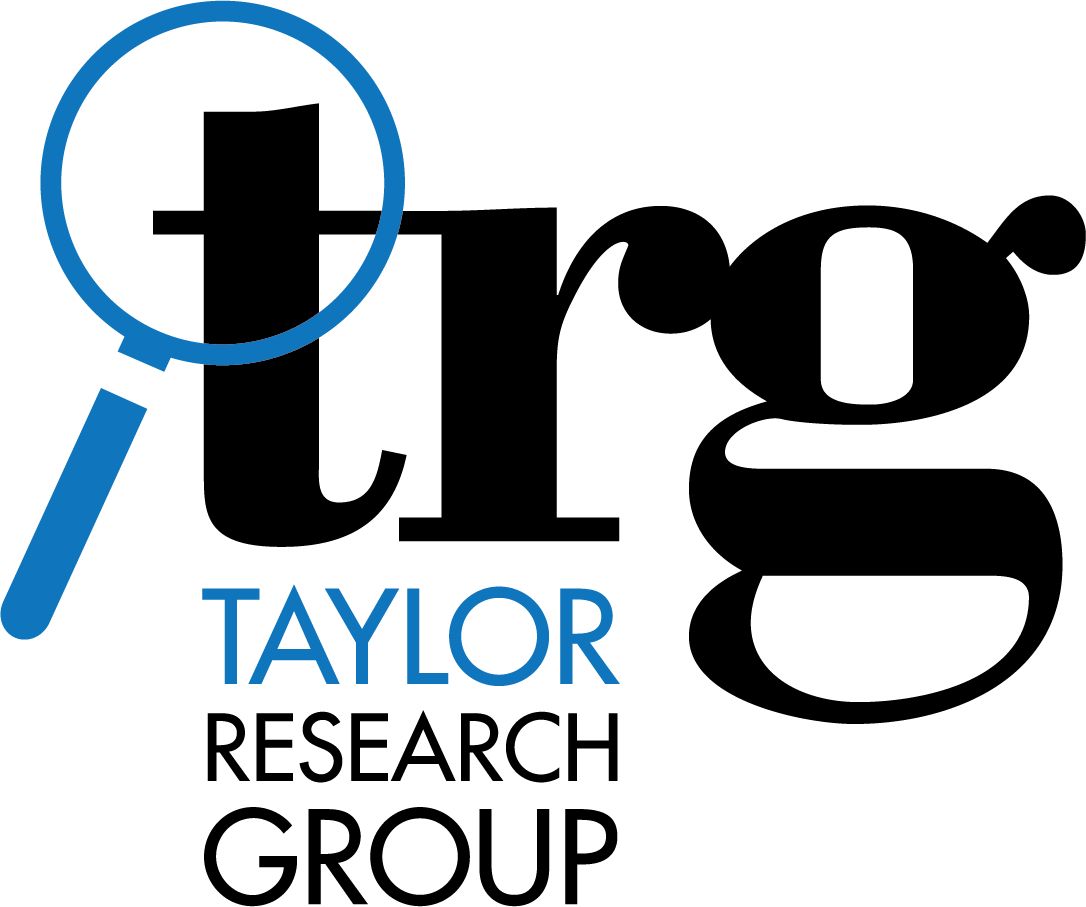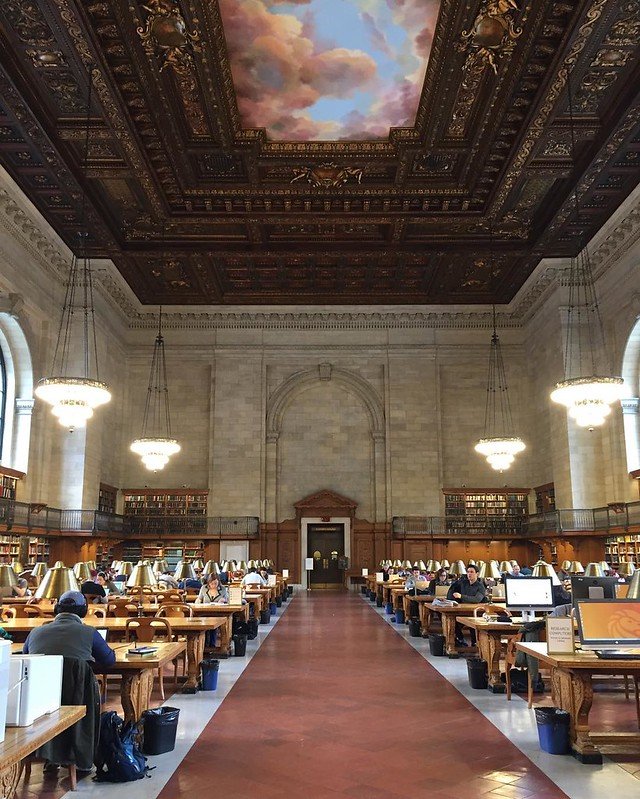A Mental Floss article titled “10 Unusual Libraries from Around the World” inspired our team to come up with our very own round up of repositories we have visited throughout this country over the years. In addition to libraries, we expanded the scope of our list to include archives and historical societies. Most of our choices aren’t unusual, but each is unique to the person who chose to write about it. After all, the TRG team spends large chunks of its days hunched over reading tables, card catalogs, and microfilm machines in repositories throughout the country. We collectively spend the most time in two of the country’s largest and most famous: The Library of Congress and the National Archives and Records Administration.
But we are often found further afield from our home base in Washington, DC, at all kinds of repositories — large and small; state, city, and county; urban and rural; public and private. Some are quite well-known while others are still somehow obscure in this age of Google, social media, and smartphones. These types of repositories hold valuable materials that document so much of a geographic region’s history when pieced together. Some local libraries have more than one dedicated history room chock full of city directories, records of local companies, and vertical files that cover wide-ranging subject matter. Here’s looking at you New York Public Library! Others may only hold a small collection or two that might just include the very document, report, map, or piece of ephemera we’re looking for. Oftentimes, regional repositories like the Heinz History Center, Hagley Museum and Library, and New York-Historical Society (all featured in our list below) do double-duty, housing both a library and archives under one roof where traditional library materials such as newspapers (some of which may have yet to be digitized!) live alongside an archives’ rare and special collections. Some repositories though tiny in footprint hold voluminous records that offer insight into a large organization’s history, like the Air Force Historical Research Agency, which we mention below. Others, like New York State Archives and New York State Library, which we often visit, offer a wealth of facts and findings about the many people and agencies that serve the state as well as the corporations that operate within their borders.
Check out our list below and please feel free to weigh in with your favorite regional repository to conduct historical research in.
The Hagley Museum and Library
The Hagley Museum and Library is located along Brandywine Creek on 235 acres of E.I. du Pont's former gunpowder works outside of Wilmington, Delaware. I've been to the library and archives on multiple occasions over the years to review corporate records on a variety of projects for TRG clients. The historic site founded in 1802 is now one of the preeminent repositories for the study of business and technology in America. One of the first times I visited this repository was during a snowstorm in the early 2000s, and I was performing research in the old Soda House which was previously used as a grinding house for preparing nitrate of soda for blasting powder. I fell in love with the rounded brick arches over the windows, the hanging reading lights, high-arched ceiling and wooden cross beams, and the creaky, spiral staircase leading to the loft, all which provided the idyllic location to conduct historical, industrial research.
An exterior view of Hagley’s SODA House.
Air Force Historical Research Agency
Often referred to by its acronym, AFHRA, this repository is nestled within an active U.S. Air Force installation, Maxwell Air Force Base, just outside Montgomery, Alabama. Part of Air University, the Air Force’s graduate school, the archive is situated within a well-manicured central location on the base, adjoining the Air University Library. Visitors approach the facility through an outdoor air park featuring static displays of historic Air Force aircraft spanning from World War II into the 2000s. The history of the base itself goes back farther: the site of a short-lived flying school run by the Wright Brothers for a few months in 1910, it was subsequently used as an aircraft repair depot during World War I. During World War II, Maxwell AFB trained pilots for the Army Air Forces. Air University was founded there in 1946.
AFHRA’s building is not particularly impressive at first glance, but of course impressions can be deceiving. A small, quiet, low-key facility, AFHRA is nonetheless a treasure trove of important documentation on the history of the U.S. Air Force and its predecessors, and the development of air power in general. Its voluminous collections include unit histories, oral histories, and photographs. After a period of closure during the pandemic, AFHRA is once again open to researchers. Space for researchers is limited, though, and appointments are required—AFHRA staff will need to facilitate your access to the base, which can be a frustrating process (if driving a rental car, buy the insurance!). Plan your visit carefully, though, and you’ll be rewarded with access to an outstanding collection of military records.
Photo courtesy of Wikipedia.
Heinz History Center’s Detre Library and Archives
The Detre Library and Archives is situated in the Heinz History Center in one of Pittsburgh’s most exciting neighborhoods, the Strip District. I’ve had the chance to visit this repository several times in recent years, primarily to review corporate collections on behalf of TRG clients. It’s no secret that Western Pennsylvania was (and still is) home to some of the most well-known corporations in the country, so it’s fitting that the library is situated in a revamped industrial building. With its old-school reading lamps, exposed brick and wooden beams, not to mention a vaulted atrium ceiling, it’s easy to get a feel for this region’s gritty past while at the same time appreciate its modern, sleeker image as home to dozens of academic institutions, healthcare facilities, and tech giants. I consider it a bonus that the lower floors feature museum exhibits that bring the region’s famous historical happenings and figures to life.
The reading room of the Detre Library and Archives.
New-York Historical Society’s Patricia D. Klingenstein Library
The Patricia D. Klingenstein Library is a private research library located in the New-York Historical Society. It holds millions of manuscripts, photographs, newspapers, maps, and other artifacts that document the history of the State of New York and the United States as a whole. This library offers limited space and availability to researchers, and it is difficult to secure an appointment. However, a visit is well worth the wait, particularly in light of the library’s stunning architecture and traditional decor. Located steps away from Central Park, the Patricia D. Klingenstein Library boasts neoclassical columns, a soaring 50-foot ceiling, and intricate stained-glass windows that were gifted to the New-York Historical Society in 1908. Archival material may be viewed while seated at a sturdy wooden desk adorned with quaint reading lamps.
One of the library’s most notable collections is the Time Inc. archive, which offers insight into significant events of the 20th century and the role played by the American media during this period. It is comprised of approximately seven million records, and includes editions of Time Inc.’s leading publications, including Time, Life, Sports Illustrated, and People. If you are lucky, during your visit to the Patricia D. Klingenstein Library you also might be able to catch a glimpse of the museum exhibits on display at the New-York Historical Society. From the society’s magnificent collection of Tiffany Lamps, to its recent exhibit on the history of Black dolls, this repository holds some truly special collections.
The Patricia D. Klingenstein Library’s stained-glass windows and reading lamps are just beautiful!
New York Public Library
The New York Public Library (NYPL) is likely one of the most well-known research repositories in the New York City area. While having many smaller branches throughout the city, the NYPL’s flagship building is located in Bryant Park, near Grand Central Station* and a few blocks away from Times Square. Surrounded by skyscrapers, the NYPL main building’s classical exterior is guarded by two lion statues, aptly named Patience and Fortitude. The library hosts thousands of different historical collections and exhibits in its many reading rooms. With its pink sky painted ceilings, luxurious chandeliers, and marbled walls, the Rose Reading Room gives the sense of stepping through time in a city that is constantly modernizing. It’s definitely one of the best places in the city to do research or find a quiet spot to read.
*Fascinating Historical Fact: On this day, 110 years ago, Grand Central Station opened to the public!
NYPL’s Rose Reading Room. Photo courtesy of Izolda Trakhtenberg on Flickr.
New York State Archives and New York State Library
Given our proximity to the Empire State, we have conducted a lot of research throughout it, including at New York State Archives (NYSA) and New York State Library (NYSL). Both are conveniently located within the Cultural Education Center (CEC) in Albany, which is one of the younger buildings we visit considering it was completed as recently as 1978. The CEC is one of several massive government buildings that can be found in the Empire State Plaza, which was the brainchild of Governor Nelson Rockefeller. Together, these two repositories house collections and materials that have often proven useful for the nature of our research. NYSA’s holdings include all manner of state agency records and NYSL has everything from agency annual reports to a vast collection of maps.
The CEC is situated within the Empire State Plaza in Albany.






